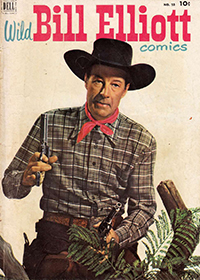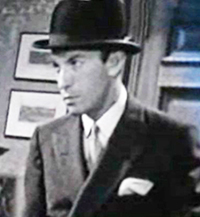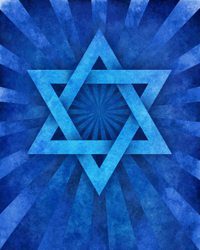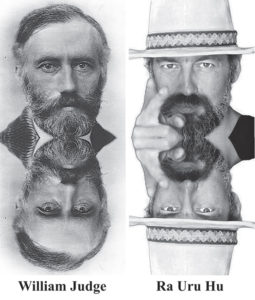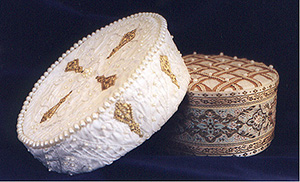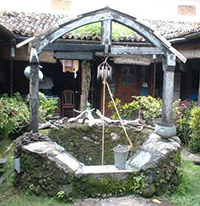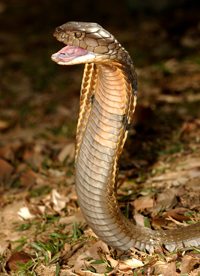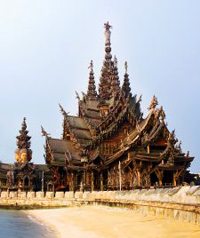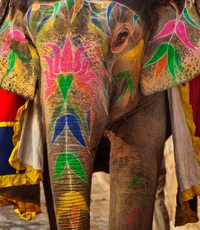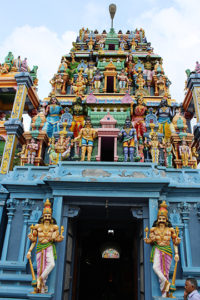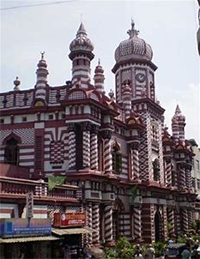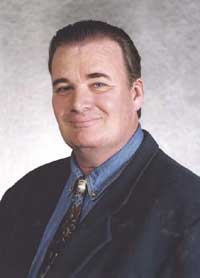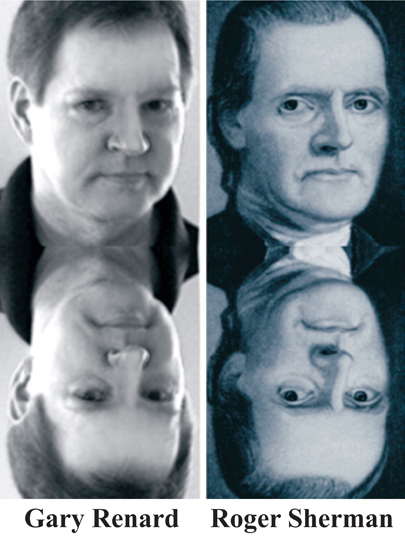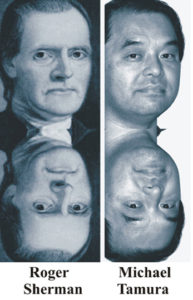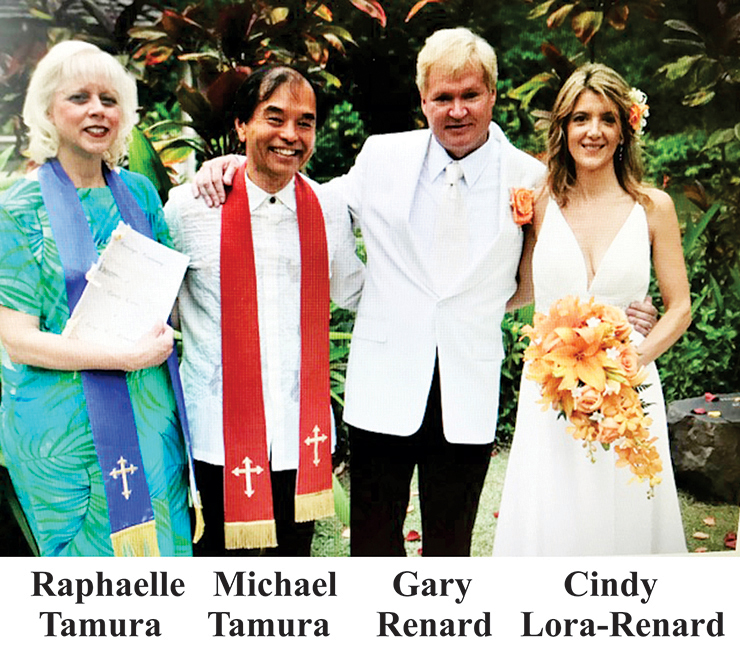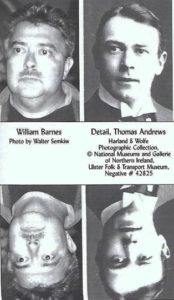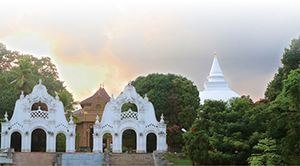 How Derived: Past Life Memories in Childhood
How Derived: Past Life Memories in Childhood
Researcher: Erlendur Haraldsson, PhD
From: I Saw a Light and Came Here, by Erlendur Haraldsson, PhD and James G. Matlock, PhD
Article by: Walter Semkiw, MD
The Life and Death of Jinadasa Perera
Jinadasa Perera was a man who lived in Kelaniya, a suburb of Colombo in Sri Lanka. The city is known for its Buddhist Kelaniya Temple, which sits on the bank of the Kelani River. Jinadasa’s mother was named Simona and he had two younger brothers and two sisters. The younger sister was named Violet. He had attended the Rahula school and completed the fifth grade.
His father was a poor farmer and Jinadasa left school to work to help support his family. He did odd jobs until his sister married a man named Wijisiri, who made his living by manufacturing incense. Jinadasa then joined his brother-in-law in making incense. Their family business was prosperous, employing up to 30 people at a time. They made incense by blending charcoal ash with a fragrant substance and marketed incense through two brands, Ambiga and Geta Pichcha.
Jinadasa entered into a relationship with Wijisiri’s sister, Kusumi, who he lived with for several years, though they were never officially married. Since they quarreled, Jinadasa left Kusumi and moved to the south of Sri Lanka where he acquired a new girlfriend named Nanda, whom he lived with in the town of Weliggama. There he produced incense with a friend whose name was Somasiri.
 After five years in Weliggama, Jinadasa took a trip to Colombo and there he learned that his brother-in-law, Wijisiri, had incurred an injury to his knee which made him bedridden. This induced Jinadasa to move back to Kelaniya to help with Wijisiri’s incense business.
After five years in Weliggama, Jinadasa took a trip to Colombo and there he learned that his brother-in-law, Wijisiri, had incurred an injury to his knee which made him bedridden. This induced Jinadasa to move back to Kelaniya to help with Wijisiri’s incense business.
After being there for a few days, in September 1985, Jinadasa went by bicycle to sell incense at the local market. On the way, in the village of Nugegoda, he was run over by a bus and died immediately.
One of Jinadasa’s brothers, Chandradasa, went to the mortuary to identify the body. Chandradasa observed massive injuries on Jinadasa’s body from the left lower ribs up and across the body, which appeared to be caused by the tires of the bus. An autopsy revealed that several ribs had been broken on the left side of the chest, which punctured the lungs. The liver and the spleen were ruptured.
Jinadasa Reincarnates as a Girl
 Purnima Ekanayake was born in 1987 in the northern Sri Lankan city of Bakamuna, which is 145 miles away from Kelaniya. Prominent birthmarks were observed on the left side of Purnima’s chest. Her father was a principle of a secondary school and her mother was a teacher at that school.
Purnima Ekanayake was born in 1987 in the northern Sri Lankan city of Bakamuna, which is 145 miles away from Kelaniya. Prominent birthmarks were observed on the left side of Purnima’s chest. Her father was a principle of a secondary school and her mother was a teacher at that school.
As a small child, Purnima repeatedly said: “People who drive over people are bad persons.” She would ask her mother, “Do you not also think that persons who cause accidents are bad people?”
Purnima’s mother became upset by a serious motor vehicle collision that occurred near their home. Purnima responded by telling her mother, “Do not think about this accident. I came to you after such an accident.” Purnima said that after the accident she closed her eyes and came “here.” When her mother asked if she was treated at a hospital after the accident, Purnima related that she was not taken to a hospital as: “A heap of iron was on my body.” She said she was killed by a “big vehicle.”
Purnima reports Observing her Past Life Funeral and Existence in the Spirit World between Death and Rebirth
 Purnima elaborated that after the accident she floated for a few days in a dimly lit setting, where there were many other people floating around her. From the spirit realm she observed her own funeral where she saw people crying. She then saw a light, which she went to and then came “here,” meaning to her parents and home in Bakamuna.
Purnima elaborated that after the accident she floated for a few days in a dimly lit setting, where there were many other people floating around her. From the spirit realm she observed her own funeral where she saw people crying. She then saw a light, which she went to and then came “here,” meaning to her parents and home in Bakamuna.
Past Life Memories of Being an Incense Maker
Purnima said that she was a man in her prior lifetime and that her family made incense, specifically two types of incense, Ambiga and Geta Pichcha. (These brands, by the way, did not exist in Bakamuna.) Further, she said that the family employed outsiders in making incense and that she would supervise these people. She demonstrated her habit of walking with her hands behind her back, observing the progress of workers.
She related that their incense factory was near a brick factory and a pond. Purnima related that the family had two vans and a car. She stated that her mother’s name was Simona. Purnima said she attended Rahula School, though only up to the fifth grade. All these statements were correct for the life of Jinadasa.
Past Life Relationships
Purnima also said that, in her past lifetime, she was married to a sister-in-law whose name was Kusumi. She also said she had two wives. Dr. Harraldsson, in his narrative of this case, explained that in Sri Lanka couples who are not officially wed but who are living together are considered married. As such, these statements were accurate for the life of Jinadasa.
Purnima Recognizes the Kelaniya Temple and the Location of her Past Life Home
 When Purnima was four years old, the family was watching a television program on the Kelaniya Temple. Purnima said she recognized the temple. Soon thereafter, her parents organized a trip for their students to tour the Kelaniya Temple, which as noted above, is 145 miles from Bakamuna. Purnima joined her parents on this trip and once on the temple grounds, she told her parents that in her past life, she used to live across the river.
When Purnima was four years old, the family was watching a television program on the Kelaniya Temple. Purnima said she recognized the temple. Soon thereafter, her parents organized a trip for their students to tour the Kelaniya Temple, which as noted above, is 145 miles from Bakamuna. Purnima joined her parents on this trip and once on the temple grounds, she told her parents that in her past life, she used to live across the river.
An opportunity to investigate Purnima’s memories arose when in January 1993, her father hired a new teacher who spent weekends in Kelaniya, as he married there. This teacher, WG Sumanasiri, agreed to investigate Purnima’s statements regarding a past life across the river from the Kelaniya Temple. The information that he was given included that Purnima was a man who sold incense sticks on a bicycle who died in a fatal accident involving a large vehicle. In addition, he was given the names of the incense that this man sold, specifically, Ambiga and Geta Pichcha.
Purnima’s Past Life Family is Found
 On his return to Kelaniya, Sumanasiri found that there were three incense makers who were located across the river from the temple. One of these manufacturers, LA Wijisiri, made the Ambiga and Geta Pichcha brands. Sumanasiri learned that Wijisiri’s brother-in-law and business partner, Jinadasa Perera, had been killed when he was hit by a bus while taking incense to a market on a bicycle. This accident occurred in 1985, about two years before Purnima was born.
On his return to Kelaniya, Sumanasiri found that there were three incense makers who were located across the river from the temple. One of these manufacturers, LA Wijisiri, made the Ambiga and Geta Pichcha brands. Sumanasiri learned that Wijisiri’s brother-in-law and business partner, Jinadasa Perera, had been killed when he was hit by a bus while taking incense to a market on a bicycle. This accident occurred in 1985, about two years before Purnima was born.
Soon after Sumanasiri conveyed his findings, Purnima, her parents, Sumanasri and his brother-in-law made an unannounced visit to the Wijisiri family. When they approached the residence, Purnima whispered to her mother: “This incense dealer (referring to herself) had two wives. This is a secret. Don’t give them my address. They might trouble me.”
Wijisiri’s daughters were home and they let the visitors into the house. Wijisiri was not home at that time. Shortly thereafter, Wijisiri walked up to the house and Purnima told her party:
“This is Wijisiri, he is coming. He is my brother-in-law.”
Purnima inspected packets of incense that were found at the Wijisiri home. She then told Wijisiri that she herself used to sell these incense sticks. She then asked:
“Have you changed the outer cover of these packets?”
Wijisiri indeed changed the packet colors and design about every two years.
Purnima noted that Wijisiri had an injury to his knee, which resulted in him not being able to bend it. She told Wijisiri that she herself, as Jinadasa, had applied medicine to his knee injury.
Purnima asked Wijisiri about past life friends, including Somasiri, who made incense with Jinadasa in Weliggama, and Padmasiri, the brother of Wijisiri. She also asked about her past life sister, who was married to Wijisiri, and her past life mother. She also noted that the Wijisiri family had their home and factory at a different place when Jinadasa was alive, which was correct. Purnima’s knowledge of these facts convinced Wijisiri that she was indeed the reincarnation of Jinadasa.
Purnima then showed Wijisiri her birthmark and she said: “This is the mark I received when I was hit by a bus.” She also stated that her fatal accident occurred in Nugegoda, which was true.
Purnima Identifies a Past Life Sister and Friend
 During this visit a number of people stood outside the Wijisiri house, including Somasiri. Purnima saw him and said, “This is my friend.” When her father asked who this person was, she replied: “This is Somasiri, my friend.” Purnima also pointed to a woman and said: “This is my younger sister.” The woman was Violet, Jinadasa’s younger sister.
During this visit a number of people stood outside the Wijisiri house, including Somasiri. Purnima saw him and said, “This is my friend.” When her father asked who this person was, she replied: “This is Somasiri, my friend.” Purnima also pointed to a woman and said: “This is my younger sister.” The woman was Violet, Jinadasa’s younger sister.
Purnima Remembers how to Make Incense
Purnima was asked if she remembered how to make incense. She replied that there are two methods. In one, cow dung is used and the other utilizes charcoal ash from firewood. A paste is made from either the cow dung or charcoal ash, to which is added an ingredient that lends the fragrance. The paste is applied to a bamboo stick and rolled, to create an incense stick. She noted that in her past life, she used the charcoal method of making incense. All these statements were correct.
Dr. Haraldsson noted that Purnima’s father only had heard that cow dung was used to make incense and her mother had no knowledge of the manufacturing process. Haraldsson also affirmed that Purnima’s family and the Wijisiri family had no knowledge of each other prior to their meeting in 1993.
Despite Gender Change, Purnima is Feminine
 We have observed in other cases involving gender change that gender identity issues and homosexuality can result. A dramatic case in this regard is:
We have observed in other cases involving gender change that gender identity issues and homosexuality can result. A dramatic case in this regard is:
Reincarnation Case of a Japanese Soldier | Ma Tin Aung Myo
This did not occur with Purnima, as she enjoyed wearing beautiful dresses, indicating that she is very comfortable with her femininity.
Principle of Reincarnation-Understanding Past Lives
Change of Gender: Jinadasa, a man, reincarnated as a woman.
Past Life Birthmarks: Purnima had birthmarks on the left side of her chest corresponding to injuries incurred by Jinadasa.
Relationships Renewed through Reincarnation: Purnima was reunited with her past life family and friends.
Spirit Being Involvement: Purnima described her experience in the spirit realm. Another case that involves a detailed account of the transition from death to rebirth is: The Reincarnation Case of Nai Leng | Choate
Source: Haraldsson, Erlendur and Matlock, James: I Saw a Light and Came Here, White Crow Books, 2016, pages 3-12

